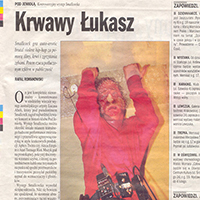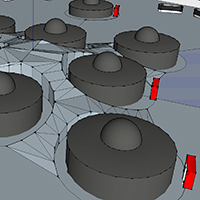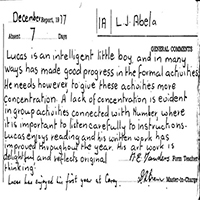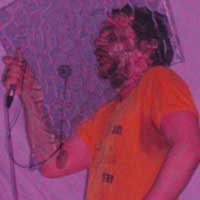The vinyl rally is an large-scale installation combining sound art, video art and kinetic sculpture into every kid and kidult’s dream-hybrid; an immersive participatory play-set playing off vinyl fetishism, video arcade mystique and the machismo of motor sports all wrapped up in a video game played within a real world setting!
Classic first person video racing is simulated as remote control cars with styli attached, race across a track constructed from a mass of disused vinyl records. Transmitting sound (produced as the styli skim along the vinyl surface) and vision (from wireless spy cameras mounted to each car) to reengineered old school racing consoles with immersive 50” flat screens. Here players navigate the course from the vehicles point of view, not only controlling the cars movements, but also the parameters of the resulting sounds they create via a series of unique audio effects mounted onto the dashboard (by Last Gasp Laboratories) giving each car its own distinct aural flavour. These sounds are emitted from speakers built into the seats causing them to vibrate in correspondence with the movements on screen, producing a personally immersive experience aurally, visually and physically that can only be truly appreciated seated at the controls.





Previous Exhibitions
Nuit Blanche ![]() Metz, October 2013
Metz, October 2013
Media Art Biennale WRO ![]() Wrocław, May 2013
Wrocław, May 2013
CTM ![]() Berlin, January – February 2013
Berlin, January – February 2013
St Martins presented by Colchester Arts Center ![]() Colchester, October 2012
Colchester, October 2012
Supersonic Festival ![]() Birmingham, October 2012
Birmingham, October 2012
LÜFTEN; Biennale of music and art @ Jahrhunderthalle ![]() Fankfurt, June 2012
Fankfurt, June 2012
Sonic Protest @ Palais de Tokyo ![]() Paris, April 2012
Paris, April 2012
Trama Festival ![]() Porto, October 2011
Porto, October 2011
TodaysArt ![]() Brussels, October 2011
Brussels, October 2011
TodaysArt ![]() Den Hague, October 2011
Den Hague, October 2011
Donau Festival ![]() Krems, April 2011
Krems, April 2011
Imperial Panda Festival ![]() Sydney, March 2011
Sydney, March 2011
NIME conference UTS ![]() Sydney, June 2010
Sydney, June 2010
TINA festival (Beta Test) ![]() Newcastle, October 2009
Newcastle, October 2009
Devised and Constructed by Lucas Abela
Dashboard Audio Processors By Hirofumi Uchino
Supported by the Australia Council of the Arts
Additional development by Alex Davies and Frederick Rodrigues





















































